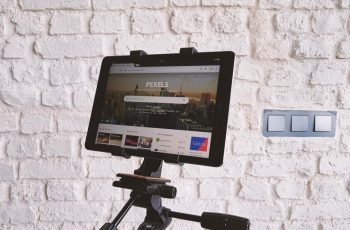For a number of years we have been told “this will be the year of Mobile”. And then another year passes without that promise materialising. So what’s the problem?
The technologies have existed for a while to reach mobile users with targeted services. Those campaigns however often failed at building a relationship with a bigger number of users and ended up doing more than could be offset by the sales they were generating. The key to success is the “Right Moment”
Smartphones have helped to turn this situation around.
- Providing near permanent access to the internet
- Allowing users to access the web at a time where they are receptive or interested to your proposition. i.e. the “Right Moment”
With take up of mobile devices users soon got fed up with the inferior experience offered, long load times and even “Text” versions of the site. So it’s not surprising that companies wanted their mobile site to be optimised to give the best possible experience.
The arrival of iphones and the android operating system that could replicate the experience of a desktop browser on a mobile device have helped turn things around. But this was still a matter of making an experience designed for one platform fit into a completely different one.
Users wanted an experience and content crafted to suit the device they were using and so we find ourselves with mobile apps. This is a true mobile experience and allows companies and organisations to deliver a user experience custom tailored to the device they are using.
The problem with apps however is:
- Number of apps a user has is limited by device storage space
- Why would a user even use an app if they can access the same and competing services online.
- The extra development cost
- Issues have also arisen with major distributors of mobile apps , their commissions and censorship.
So the ideal solution is to offer a mobile web experience that is always available to the user and makes the most of their devices capabilities. Enter HTML5 and Responsive Design!.
HTML5 and Responsive Design can offer:
- a dynamically different interface optimised to users of mobile devices.
- Content is based on the same source code.
- Cheaper to develop than separate sites or apps
- Future proof as experience not dependant on actual device but screen resolution and orientation.
We have seen an increase of over 20% in the last year of visitors using mobile devices. Other sectors we work in have experienced an even greater rise. This isn’t a surprise given the benefits of mobile web where users can choose to interact with sites at the “Right Moment”.
In the web of 2012 any company or organisation serious about their online presence needs to offer an alternative that maximises the many advantages of mobile users.


